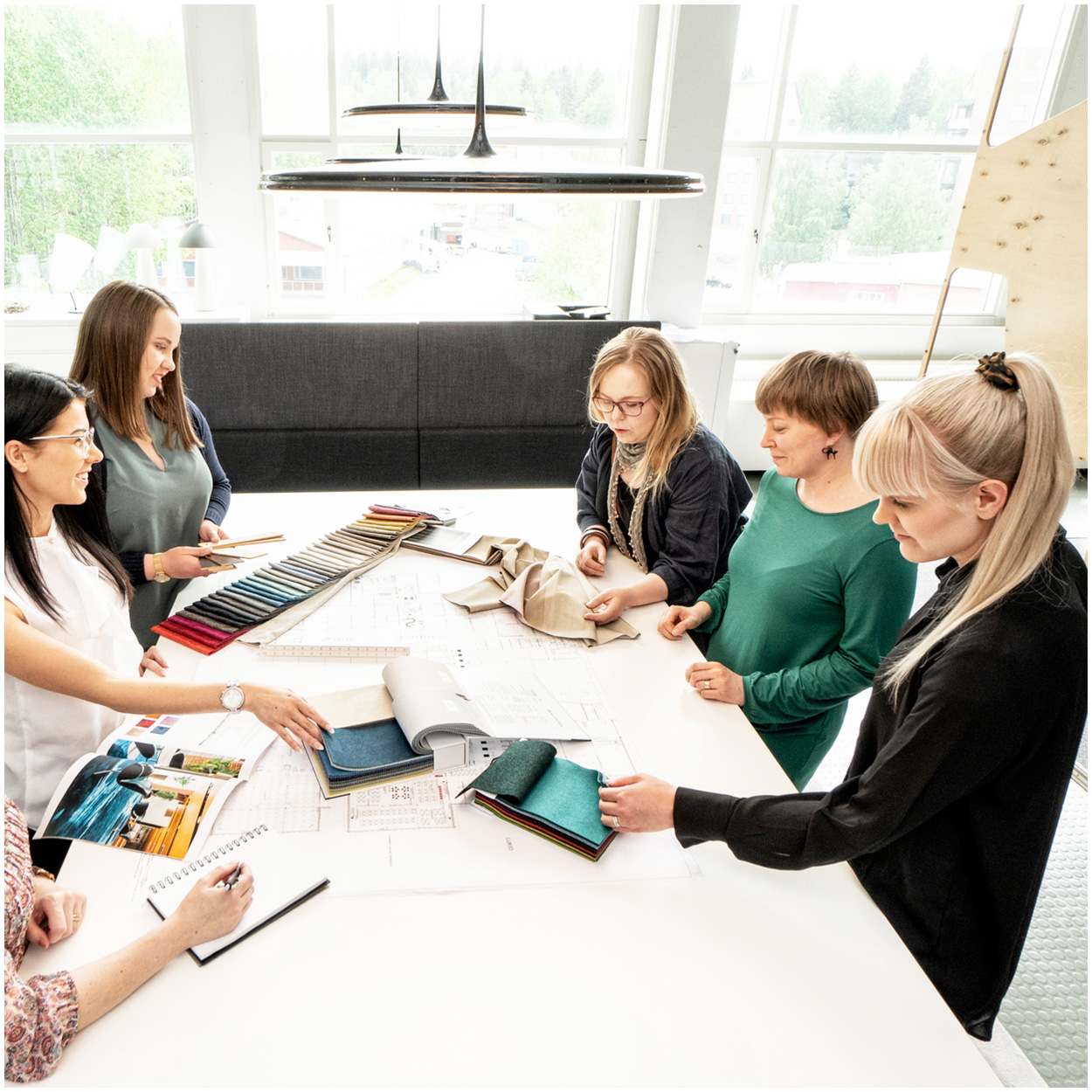Movable classroom furniture is revolutionizing educational environments, offering a flexible and dynamic solution that supports both teaching and learning. By allowing for quick and easy reconfiguration, these innovative furniture solutions enhance interaction and collaboration among students and teachers. As education evolves to meet the needs of diverse learners, the importance of adaptable and ergonomic school furniture cannot be overstated. Let’s explore the multifaceted benefits of investing in such furniture.
How does movable furniture enhance learning environments?
Movable furniture plays a crucial role in creating dynamic and flexible learning environments. Unlike traditional fixed setups, movable furniture allows classrooms to be reconfigured quickly to suit different teaching and learning styles. Whether for group work, individual study, or interactive activities, this adaptability fosters a more engaging and interactive atmosphere.
Moreover, ergonomic classroom chairs and tables are designed to support the physical well-being of students, reducing discomfort and enhancing focus. This contributes to a more positive and productive learning experience. With movable classroom furniture, schools can create inspiring learning environments that accommodate various activities and educational objectives.
Customizable furniture solutions also offer educators the flexibility to adapt spaces according to lesson plans, promoting a more student-centered approach. This versatility encourages creativity and innovation, both in teaching and learning.
What are the economic benefits of investing in movable furniture?
Investing in movable furniture solutions can yield significant economic benefits for educational institutions. One of the primary advantages is the potential for long-term savings. High-quality, durable furniture reduces the need for frequent replacements, minimizing costs over time.
Movable furniture also offers versatility, allowing schools to reconfigure spaces for different purposes without the need for additional investments. This adaptability can be particularly beneficial in multipurpose areas, such as cafeterias or auditoriums, which can be transformed into learning spaces as needed.
Additionally, the ability to reconfigure classrooms quickly and easily can lead to increased efficiency in space utilization. Schools can accommodate more students and activities within the same footprint, maximizing the return on investment.
How does movable furniture support diverse teaching methods?
Movable furniture supports a wide range of teaching methods by allowing educators to adapt their classroom layouts to fit various instructional strategies. Whether facilitating traditional lectures, collaborative group work, or hands-on activities, flexible furniture arrangements can support these diverse approaches.
For instance, ergonomic student chairs and tables can be arranged in circles for discussions, in rows for lectures, or in clusters for group projects. This flexibility empowers teachers to implement innovative classroom furniture setups that align with their pedagogical goals.
Furthermore, movable furniture enables quick transitions between activities, allowing educators to seamlessly shift from one teaching method to another. This adaptability is essential for creating effective and engaging learning experiences that cater to the needs of all students.
What are the impacts on student engagement and performance?
Research has shown that the physical environment of a classroom can significantly impact student engagement and performance. Movable furniture enhances this environment by promoting active participation and collaboration among students.
Ergonomic classroom furniture is designed to support comfort and concentration, reducing distractions and enabling students to focus better on their studies. This can lead to improved academic outcomes and a more positive attitude towards learning.
Moreover, flexible classroom setups encourage student autonomy and responsibility, as they can take an active role in arranging their learning spaces. This sense of ownership can boost motivation and engagement, further enhancing educational outcomes.
Conclusion
Incorporating movable classroom furniture into educational settings offers numerous benefits, from creating flexible and dynamic learning environments to supporting diverse teaching methods and improving student engagement. By investing in innovative and ergonomic school furniture, educational institutions can enhance the learning experience and foster better academic outcomes. We encourage educational decision-makers to consider the long-term advantages of flexible furniture solutions in creating inspiring learning environments that cater to the needs of all students.


